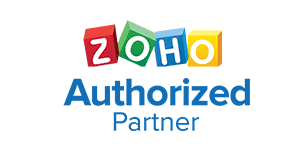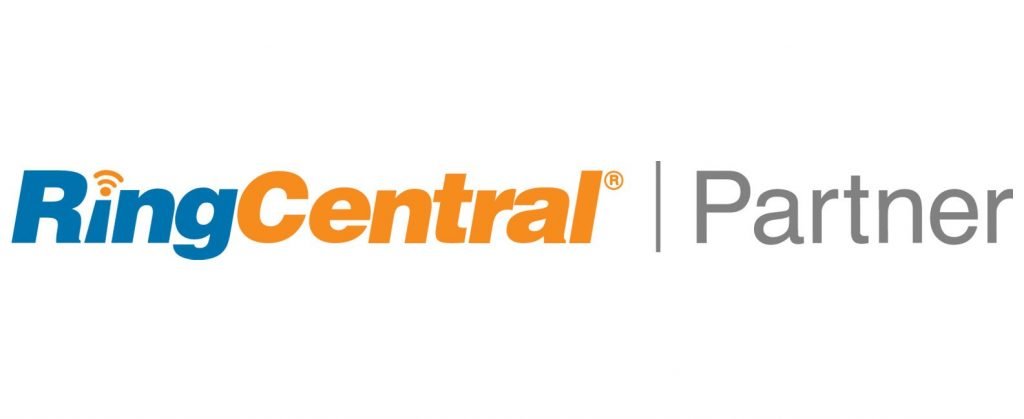Optimizing Data From Your Leads With GCLID And Zoho CRM
The history of man is largely characterized by excessive waste. Just look at how long it took us to realize that most of nature’s resources like paper and plastic should be recycled… Even at that, the larger percentage of plastic still remains unrecycled.
Marketing is not shielded from this wasteful history too; it’s has seen its fair share of inefficient methods and techniques. A typical scenario is when John Wanamaker, a successful US merchant and one of the forerunners of marketing, said, “half the money I spend on advertising is wasted; the trouble is I don’t know which half.”
Now, if a marketing juggernaut could have said that, imagine what would have been the fate of other less prolific marketers. It’s possible that some marketers could have wasted more than half of their advertising spend.



